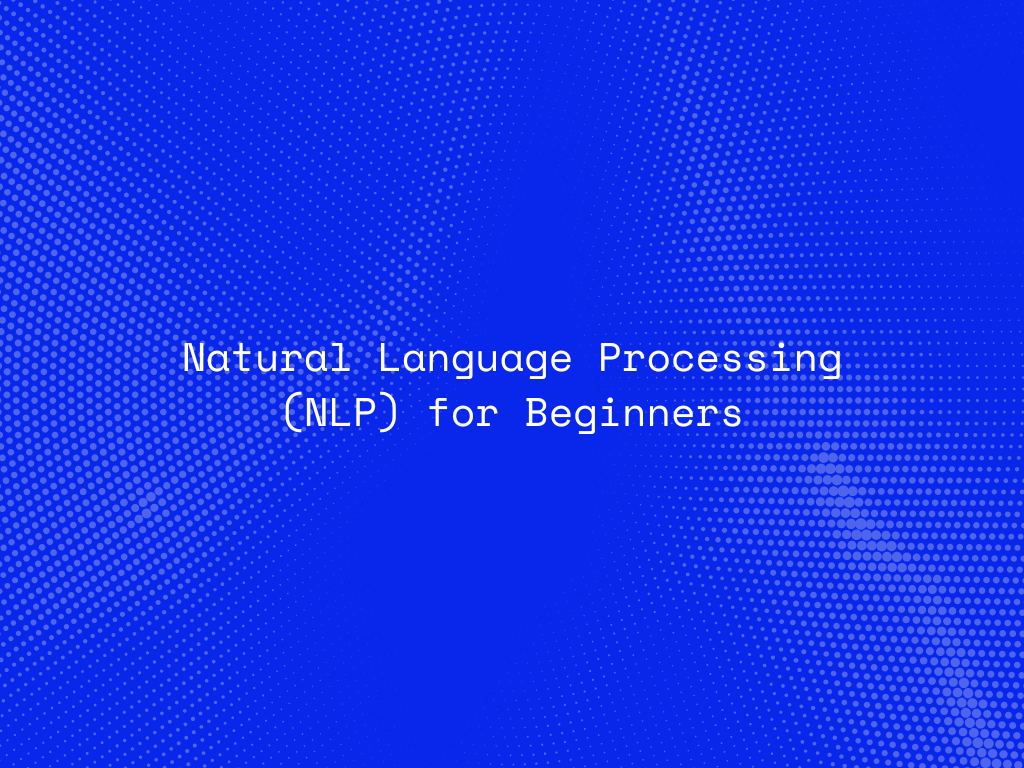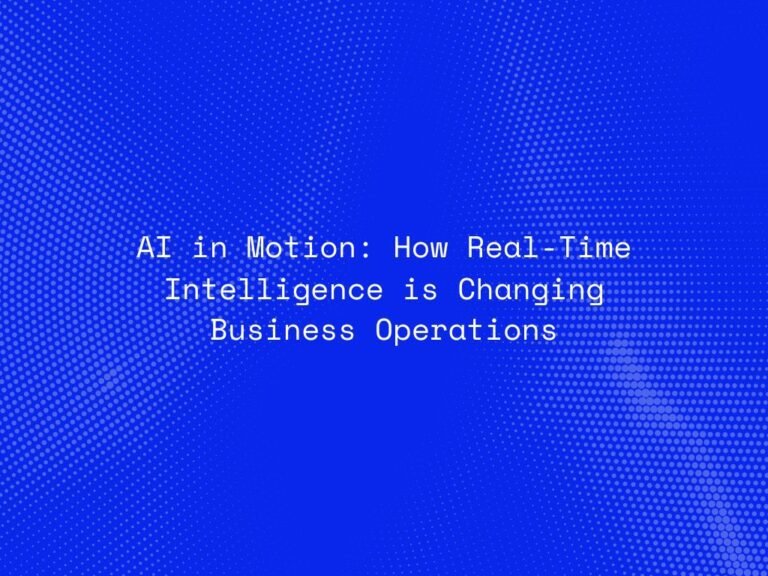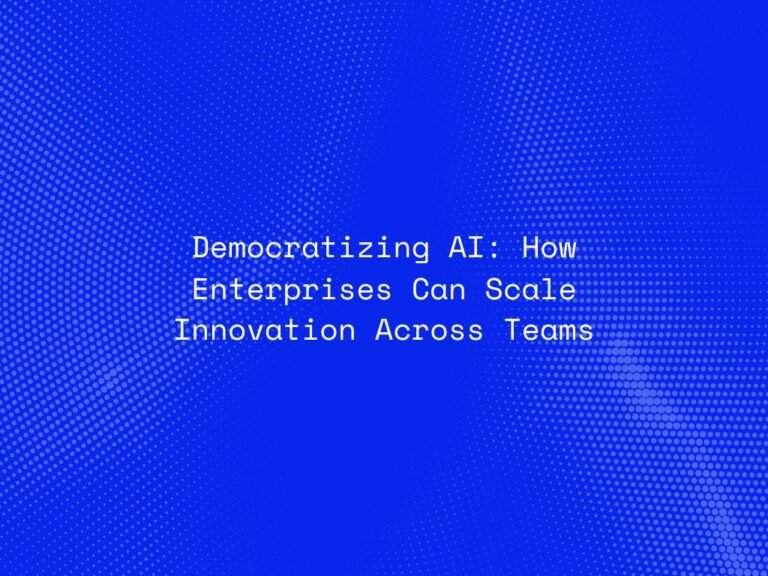Natural Language Processing (NLP) is a fascinating branch of Artificial Intelligence (AI) that bridges the gap between human language and computers. It allows machines to understand, interpret, and generate human language, enabling them to perform tasks like text analysis, sentiment detection, translation, and more. For beginners, NLP may seem like a complex field, but with a grasp of its core concepts and applications, you can easily navigate its basics and even start experimenting with its tools.
What is NLP and Why Is It Important?
At its core, NLP is about teaching machines to understand human language. Language is nuanced, filled with idioms, slang, and ambiguities, making it one of the most challenging aspects for machines to process. NLP combines computational linguistics with machine learning techniques to solve this challenge.
The importance of NLP lies in its ability to power tools and applications that have become integral to our daily lives. From voice assistants like Siri and Alexa to customer support chatbots and even predictive text, NLP has revolutionized how we interact with technology. Beyond convenience, it also drives innovation in industries like healthcare, finance, and education by automating workflows, analyzing large datasets, and delivering personalized experiences.
How NLP Works
NLP involves multiple processes to break down and understand human language. The journey begins with text preprocessing, which prepares raw language data for analysis. This includes tokenizing text into smaller components like words or sentences, removing irrelevant words (stop words), and normalizing text by reducing words to their base forms through techniques like stemming and lemmatization.
After preprocessing, the text is converted into numerical data that machines can understand. This step, known as feature extraction, uses techniques like Term Frequency-Inverse Document Frequency (TF-IDF) or word embeddings such as Word2Vec and GloVe. Finally, machine learning models or neural networks are applied to analyze or predict outcomes based on this processed data.
Applications of NLP
NLP has a wide array of applications that span across industries, transforming how businesses and individuals operate. In healthcare, it assists in extracting insights from patient records, automating medical coding, and even aiding diagnostics. In finance, NLP powers tools for sentiment analysis of market trends, fraud detection, and compliance reporting.
The retail sector uses NLP for improving customer experiences through chatbots and personalized recommendations, while education platforms use it to create adaptive learning systems and automate grading processes. NLP’s versatility makes it an invaluable tool for innovation and efficiency.
Challenges in NLP
Despite its advancements, NLP faces several hurdles. One of the biggest challenges is ambiguity in human language—words often have multiple meanings depending on the context. Understanding the subtleties of tone, sarcasm, and cultural nuances is another significant hurdle.
Furthermore, NLP models are heavily dependent on the data they are trained on, which can introduce biases if the data is not diverse or representative. Addressing these challenges is critical to creating fair, accurate, and efficient NLP systems.
How to Get Started with NLP
For beginners interested in NLP, the first step is to build a solid foundation in programming, particularly in Python, which is the most widely used language in this field. Familiarize yourself with NLP libraries like NLTK (Natural Language Toolkit), spaCy, or Hugging Face Transformers. These tools simplify tasks like text preprocessing, sentiment analysis, and even building chatbots.
Start by working on small projects such as creating a basic text classifier or sentiment analysis tool. Experiment with pre-trained models available in libraries like Hugging Face to see real-world results with minimal coding effort. As you gain confidence, you can explore more advanced techniques like neural networks and transformer-based architectures.
The Future of NLP
The future of NLP is incredibly promising, with continuous advancements making machines more adept at understanding and generating human language. Models like GPT and BERT have already demonstrated impressive capabilities, and the focus is now shifting towards real-time applications, multimodal processing (combining text, audio, and images), and reducing biases in AI systems.
As NLP technology evolves, it will not only enhance existing tools but also open doors to new possibilities, such as more inclusive language translation systems and AI-powered storytelling.
Conclusion
Natural Language Processing is reshaping the way humans and machines interact. From simplifying everyday tasks to driving breakthroughs in industries, NLP is a cornerstone of modern AI applications. For beginners, understanding its foundational concepts and experimenting with its tools can be an exciting journey into the world of AI. As NLP continues to evolve, it offers endless opportunities for innovation, learning, and impact.




